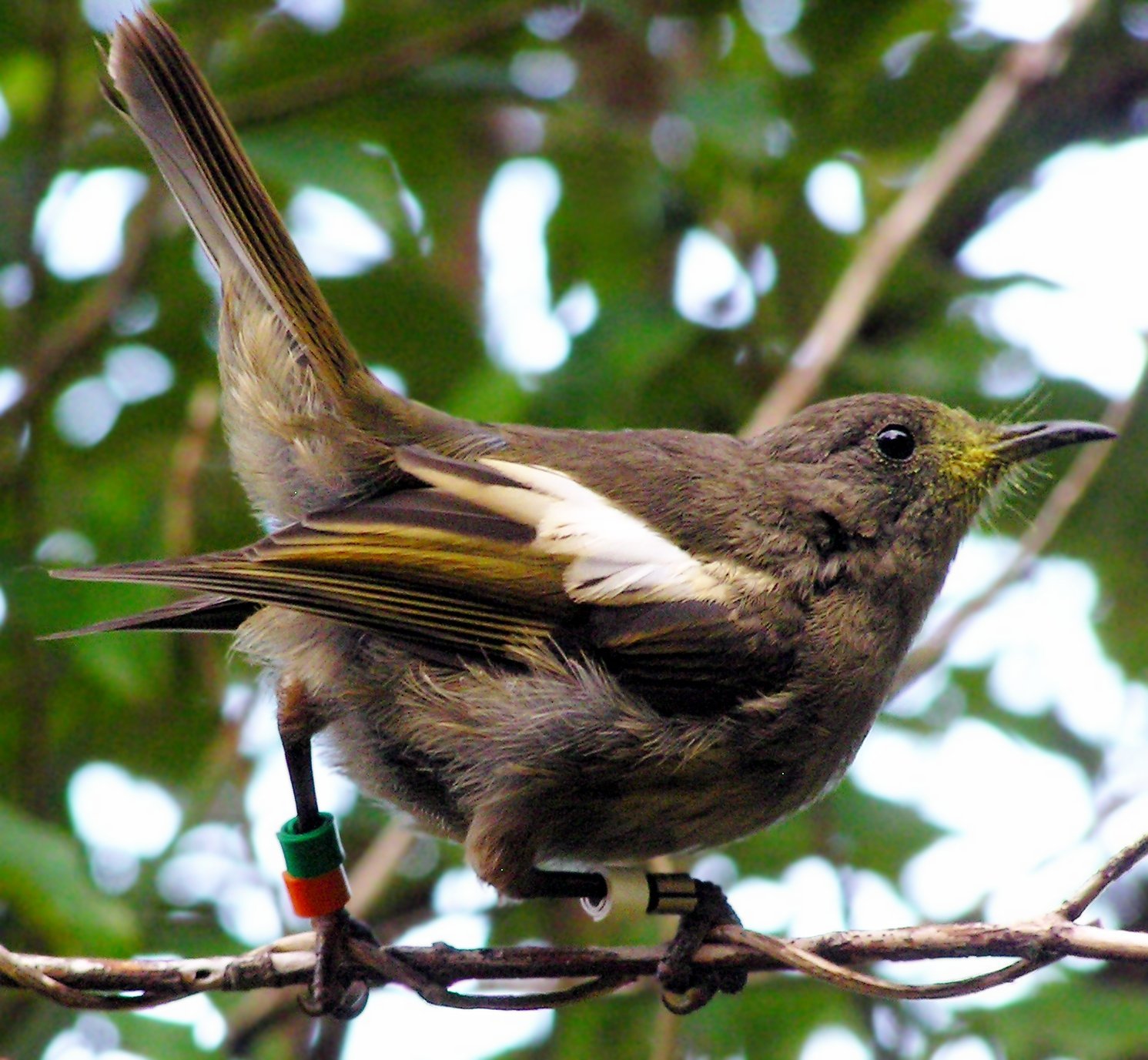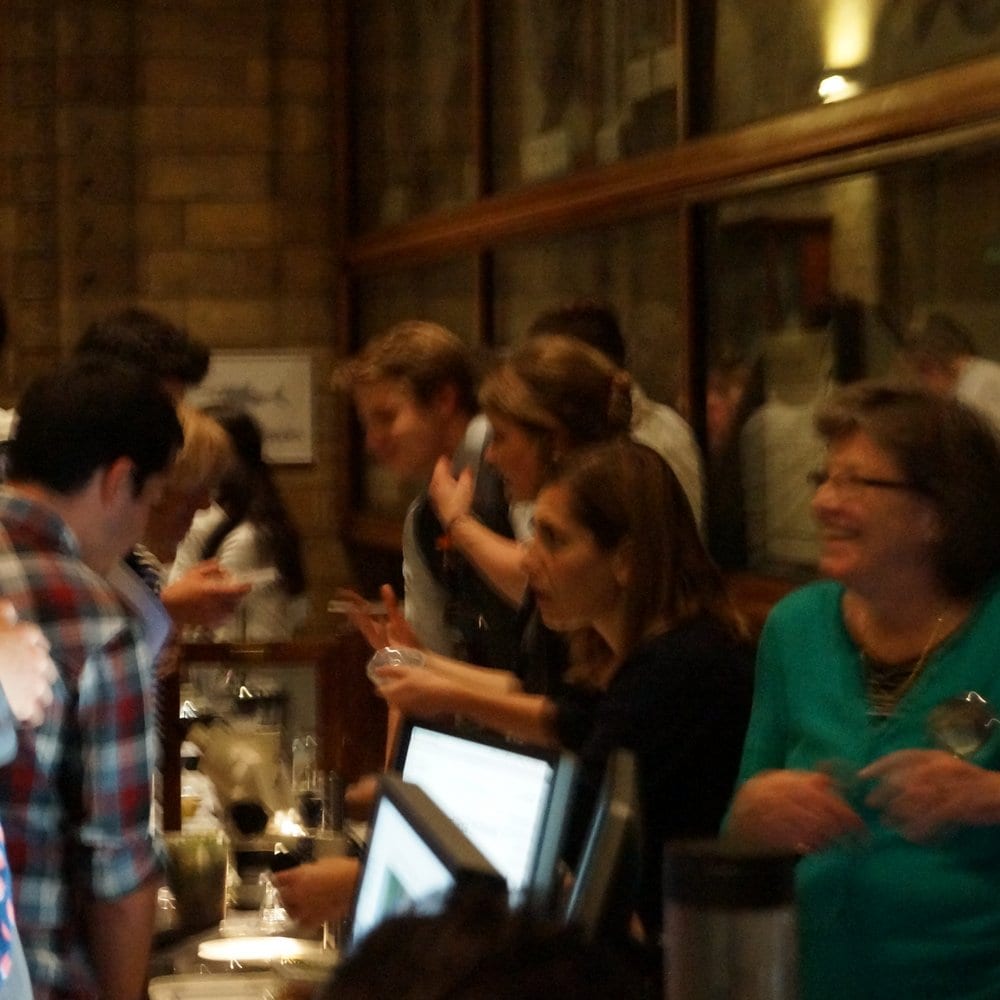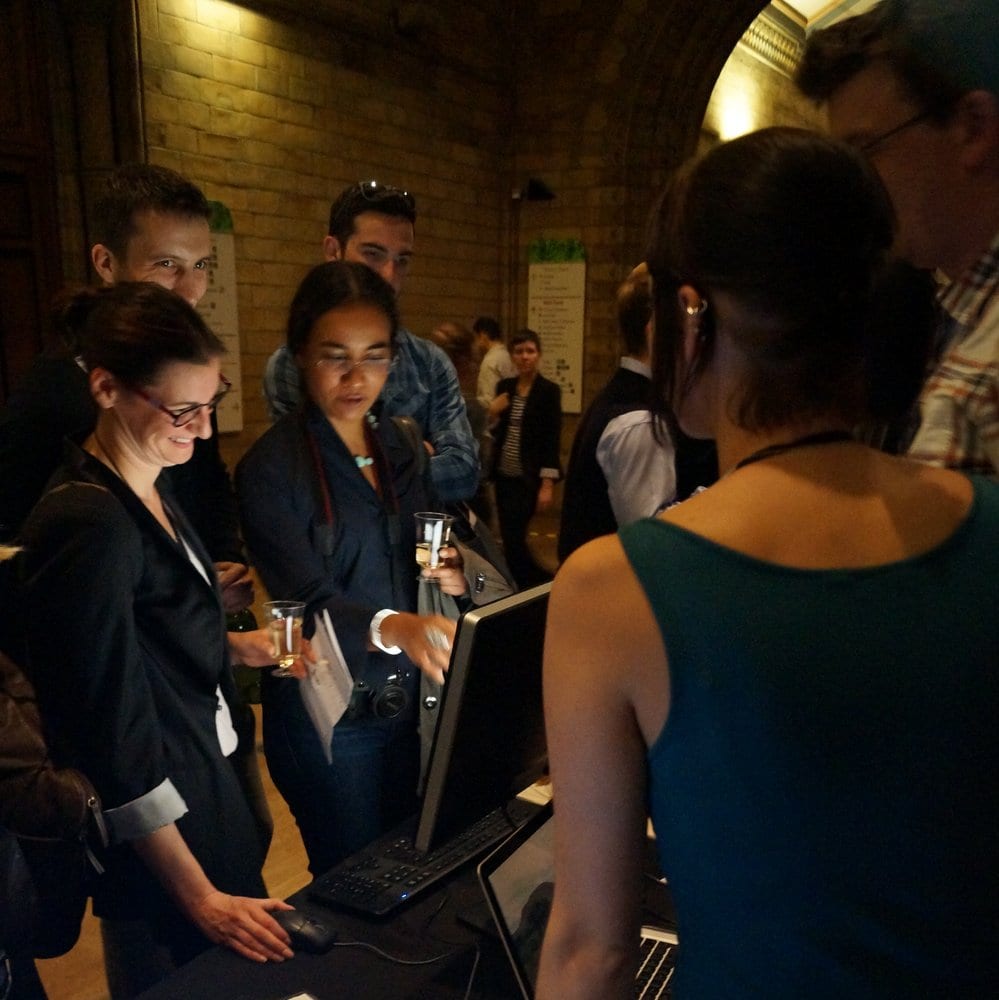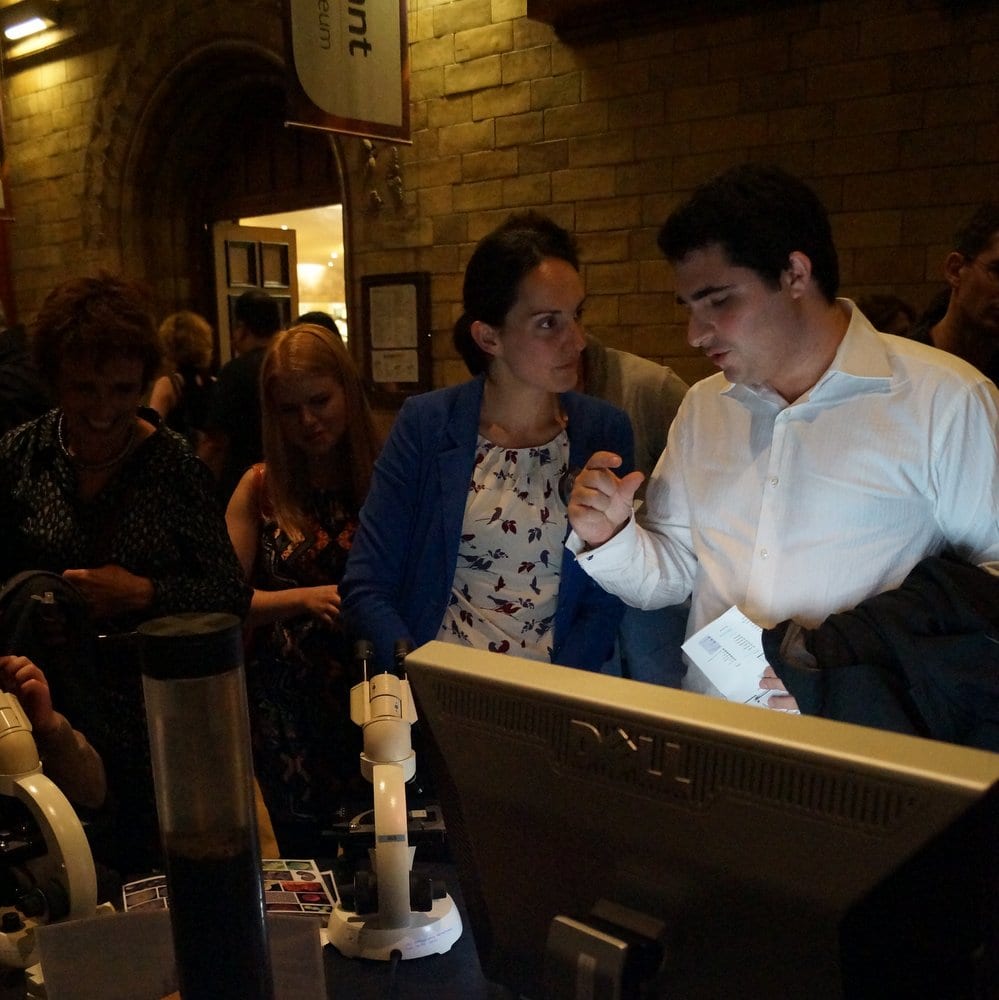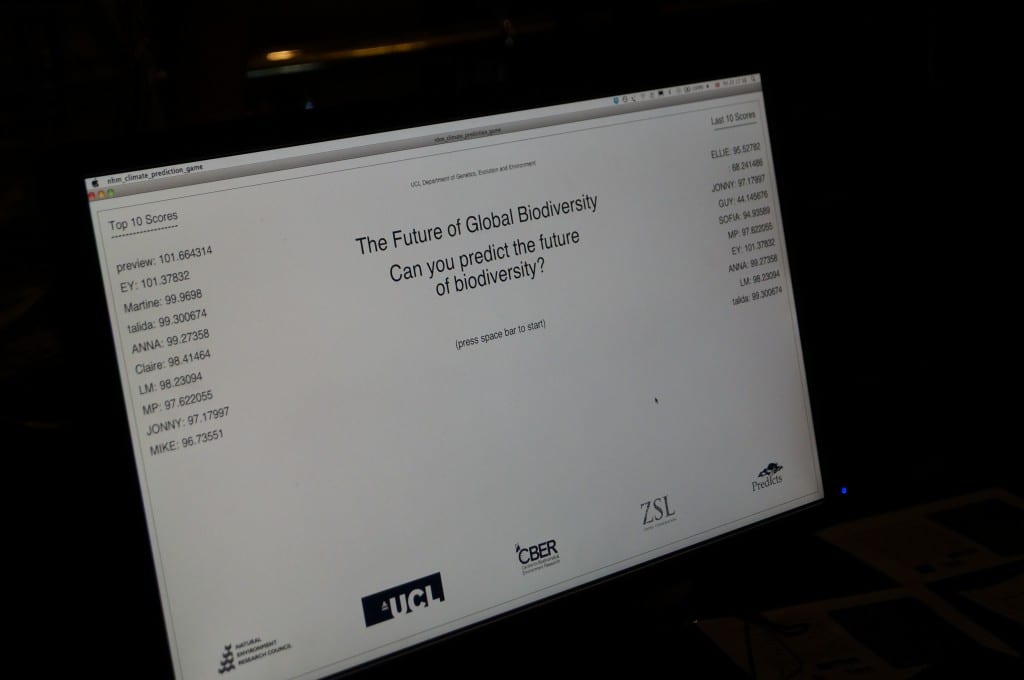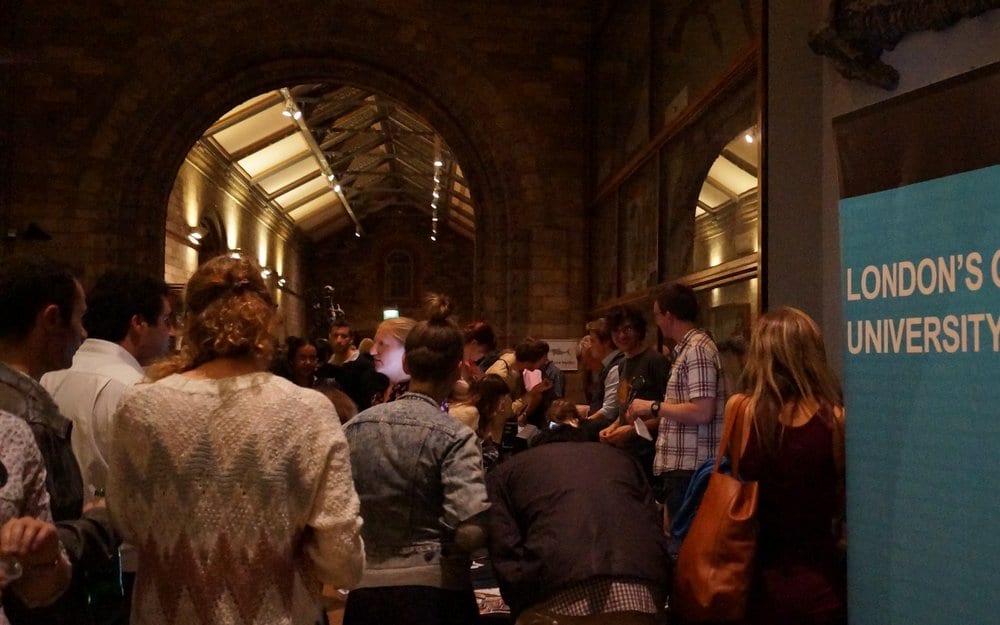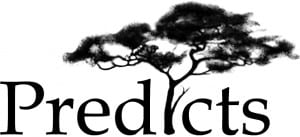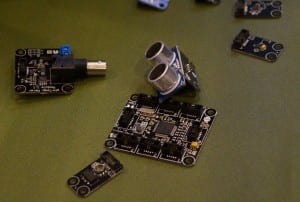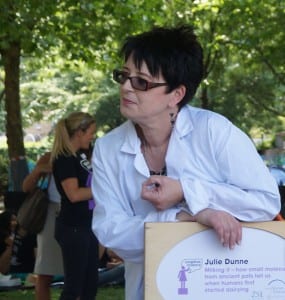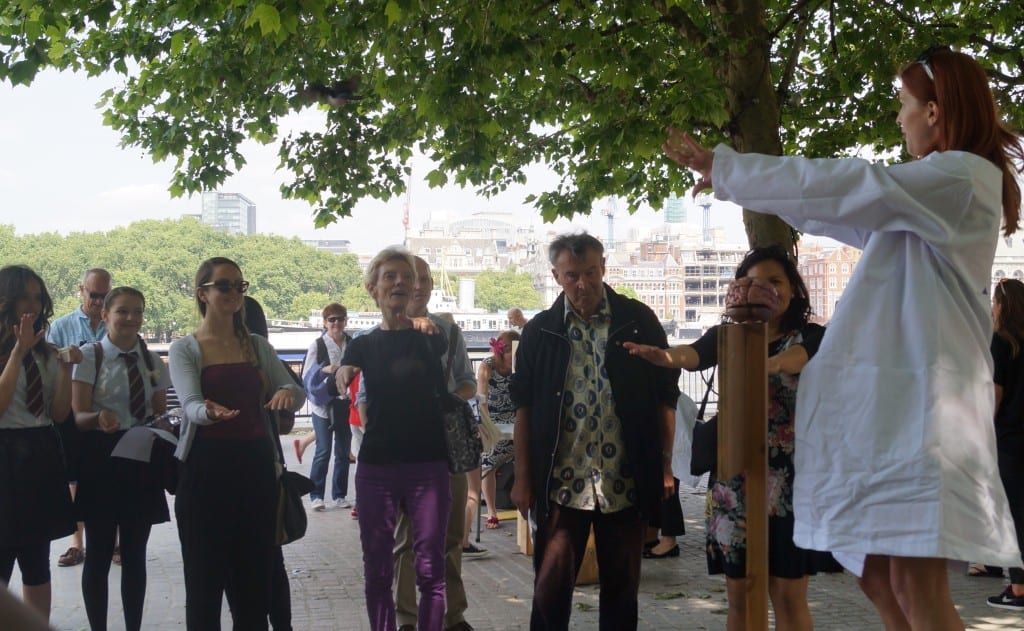Calculated Risks:
Foraging and Predator Avoidance in Rodents
By Claire Asher, on 3 October 2014
Finding food is one of the most important tasks for any animal – most animal activity is focused on this job. But finding food usually involves some risks – leaving the safety of your burrow or nest to go out into a dangerous world full of predators, disease and natural hazards. Animals should therefore be expected to minimise these risks as much as possible – foraging at safer times of day, especially when there’s lots of food around anyway. This hypothesis is known as the “risk allocation hypothesis”, but it has rarely been tested in wild animals. Recent research from ZSL academic Dr Marcus Rowcliffe showed that the behaviour of the Central America agouti certainly seems to follow this pattern, and highlights the amazing plasticity of animal behaviour.
Foraging, although essential, is always a compromise between finding food and avoiding being eaten by a predator. The aim of the game is to eat as much as you can whilst avoiding being eaten yourself, in order to live long enough and grow large enough to reproduce. Since finding food is one of the most important things an animal has to do, foraging behaviour has been subject to strong natural selection.The risk allocation hypothesis predicts that prey species should focus their foraging effort at times of day that pose the least risk. So, if your main predator is active during the day, you best forage at night and vice versa. There ought to be some flexibility in this system too, though – if food in your habitat is plentiful, it should be easy to find enough to fill you and there is little need to take any additional risks. Conversely, if food is pretty scarce, you may be forced to take more risks than usual by foraging for longer or at more dangerous times of day.
In a recent study, academics from the Institute of Zoology, London, in collaboration with colleagues around the world, investigated this trade off between food and predator avoidance in the Central American Agouti (Dasyprocta punctata). The agouti’s biggest problem in life is the Ocelot (Leopardus pardalis), who primarily feed on agoutis. Using radio telemetry and camera trapping, the researchers investigated activity patterns of agouti living in areas with lots of Astrocaryum fruits, and those living in areas with less. They were able to generate an enormous dataset – over 30,000 camera trap records of agoutis, with a further 50 individuals radio collared and tracked!
Ocelots are highly nocturnal, and across nearly 500 camera trap observations, Ocelots were almost exclusively observed at night. During this time, agoutis were under a great deal of risk – the predation risk from Ocelots was estimated to be four orders of magnitude higher between dusk and dawn than during daylight hours. The foraging activity of agouties mirrored this – activity was highest during the day, with peaks first thing in the morning and again later in the afternoon. Most interestingly, these patterns differed for agoutis that lived in habitats with abundant fruit and habitats where fruit was sparse. When food availability was high, agoutis took fewer risks, leaving their burrows later in the morning and coming home again earlier at the end of the day. Overall their activity levels were lower, presumably because they didn’t need to forage for as long to find all the food they needed.The results of this study support the risk allocation hypothesis, and show that animals are able to make complex calculations about risks and benefits based upon environmental conditions and alter their behaviour so as to minimise risks and maximise benefits. Only when food availability is high can agoutis afford to have a lie-in and avoid any ocelots returning home late.
Original Article:

This research was made possible by funding from the National Science Foundation (NSF) and the Netherlands Foundation for Scientific Research
 Close
Close







